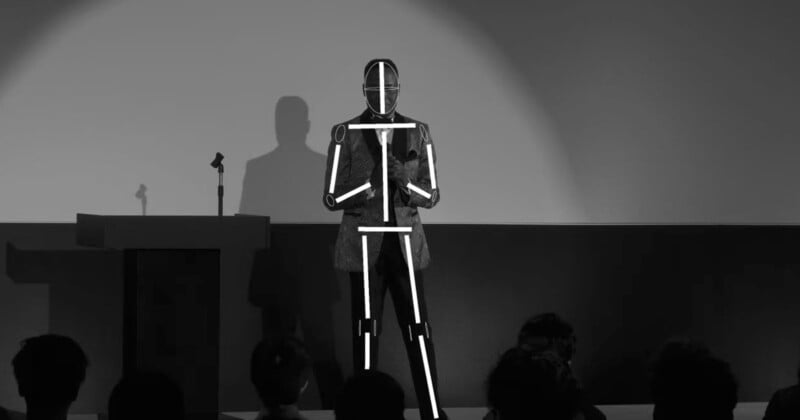Sony Announces Two New AI-Powered 4K Camcorders with ‘Sony Alpha’ Tech
![]()
Sony has announced two new handheld camcorders, its first new “handycams” in many years. The new PXW-Z200 and HXR-NX800 models promise some of the professional-grade Alpha camera technology found in cameras like the FX30, FX3, FX6, and FX9 in an all-in-one camcorder.
The X200 and NX800 share many features, including a dedicated AI processing unit for Sony’s Fast Hybrid autofocus technology, which offers AI-based subject recognition and focus tracking. Like was seen with the Sony a7R V and its then-new AI processing unit, the new camcorders also promise improved auto white balance performance thanks to AI. The cameras also include Sony’s latest Bionz XR image processors.
Both new camcorders also sport a 14-megapixel Type 1.0 Exmor RS CMOS image sensor, up from the Type 1/2 and 1/3 sensors found in prior Handycams, like the X280, Z190, and NX5R, the lattermost of which has been discontinued. The image sensor is stacked and can record 4K/60p at full-width (5K oversampled) and 4K/120p with a 23% crop.
![]()
Alongside the new, larger image sensor, both cameras have an identical updated lens. The 24-480mm f/2.8-4.5 equivalent zoom lens delivers 20x optical zoom. The power zoom G lens covers wide-angle scenarios, like close-quarters interviews, and telephoto close-ups of performers and athletes. Leveraging Sony’s Clear Image Zoom technology, users can achieve 30x zoom while retaining 4K resolution and 40x zoom in Full HD.
![]()
Both cameras include advanced image stabilization for smooth handheld shooting and an electronic variable neutral density (ND) filter for seamless adjustments in varying lighting conditions. A variable ND ensures users can shoot at the desired aperture and shutter speed, even in bright, outdoor conditions. The variable ND ranges from 1/4 to 1/128 strength.
![]()
The two camcorders also look very similar to each other — practically identical. They’re the same size and weight, tipping the scales at just under two kilograms (about 4.3 pounds). They include a top handle and foldable EVF and LCD screens. The new 3.5-inch LCD monitor swings out to the side and can rotate for easy shooting from different angles. The 0.39-type OLED EVF has 2.36 million dots and promises to keep out stray light.
![]()
Another key similarity between the two cameras is their video recording modes and features. They each offer HLG, S-Cinetone, and Rec709 profiles and shoot 10-bit 4:2:2 4K video in various XAVC formats.
So far, these are a lot of pro-grade features, which Sony says its camcorder users have been asking for. However, many of these same users also want the cameras to be easy to operate, even for beginners. Some key new features are aimed at these users, too, including AI-powered Auto Framing. Sony has implemented some features like this in its ZV-series cameras, and it basically ensures that the camera will automatically track a recognized subject and adjust the framing during recording, so the subject is always in the frame. This does incur a crop factor, but this is a worthwhile tradeoff for some. The Fast Hybrid AF system has 475 autofocus points, by the way, covering approximately 81% of the image sensor.

The two new camcorders differ in their connectivity and target use cases. Sony bills the cheaper NX800 as a professional-quality camcorder designed for more consumer-oriented applications, while the more expensive Z200 is built for pro workflows. To that end, the Z200 has SDI and timecode and will have future MXF wrapper support in June 2025. Sony says the Z200 will be better suited to professional broadcast scenarios than the NX800.
![]()
Pricing and Availability
Both new Sony camcorders will be available to preorder beginning on August 21, with the NX800 priced at $3,300 and the Z200 at $4,000. The camcorders are expected to begin shipping in mid-September.
Image credits: Sony